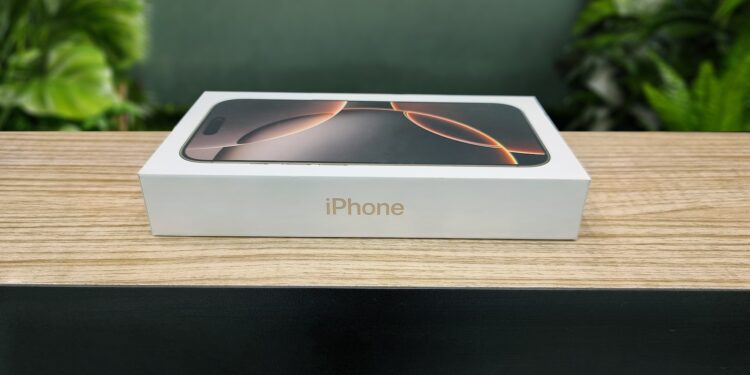If you've been waiting for the iPhone 17 and were hoping for an anti-glare and more durable display, there's bad news. Apple has scrapped the planned anti-reflective coating for the Pro models. Here's exactly what happened and what it means for the new iPhones.
Apple had big plans for the iPhone 17 Pro and iPhone 17 Pro Max. A new anti-reflective coating was supposed to not only reduce reflections but also be more scratch-resistant than the current Ceramic Shield. Rumors about this first surfaced last spring. Now it appears that Apple has discontinued development. Let's take a closer look at why this is happening and what alternatives are available.
Apple removes the new anti-reflective coating
According to information from MacRumors, the new scratch-resistant anti-reflective coating will not be integrated into the iPhone 17 Pro models. Weibo leaker Instant Digital reported in spring 2024 that Apple was working on an improved anti-reflective coating that would be even more durable than Ceramic Shield. After that, there was a long silence on the subject. The reason for the cancellation lies in production. The coating process was too slow and inefficient to be applied to the millions of iPhones Apple produces each year. Even if the new technology was intended only for the iPhone 17 Pro and iPhone 17 Pro Max, the production speed was insufficient. Therefore, Apple canceled the project entirely.
What does this mean for the iPhone 17 display?
Like its predecessors, Apple's next smartphone will continue to feature a fingerprint-resistant oleophobic coating. While this helps prevent fingerprints, it barely improves anti-reflective properties. While Apple has been offering nano-textured displays on its Mac and iPad Pro for some time, the iPhone will stick with the current technology. There are indications that Apple could opt for either a simpler anti-reflective coating or a variant of nano-texture in the future. Currently, however, it looks like the iPhone 17 won't receive any specific improvements to its display glass. This means that you can still expect reflections on the new model in direct sunlight.
Competition moves forward: Samsung shows how it's done
While Apple is treading water with display coatings, Samsung is taking a step forward. Samsung introduced Gorilla Glass Armor for the first time on the Galaxy S24 Ultra. This glass reduces reflections by up to 75 percent, improves contrast in bright light conditions, and makes colors appear more vibrant even in strong sunlight. Samsung is thus demonstrating that it is possible to produce robust and anti-reflective displays in large quantities. This creates additional pressure for Apple to soon integrate similar technology into its own smartphones.
What you can expect in the future
Just because the new anti-reflective coating has been dropped for the iPhone 17 doesn't mean the issue is over. Apple could introduce the technology in a later model, like the iPhone 18, if the manufacturing process improves. Until then, the iPhone 17's display remains largely at the level of the current generation. If low reflection is particularly important to you, you should consider this when purchasing the iPhone 17. Alternatively, you can opt for accessories such as high-quality tempered glass with an anti-reflective coating (via MacRumors).
iPhone 17 sticks with the old display standard
Apple wanted to set new standards with a scratch-resistant anti-reflective coating on the iPhone 17 Pro and iPhone 17 Pro Max. However, due to production scaling issues, this feature will not be available now. You'll still get a display with an oleophobic coating, but no special anti-reflective coating. Competing models like the Galaxy S24 Ultra already demonstrate how to do better. For Apple, this remains open for future iPhone generations. (Image: Shutterstock / Adnan Ahmad Ali)
- Will Apple really introduce an iPhone 17e in 2026?
- Apple 2027: New iPhone design could be really expensive
- iPhone 17 rumors: Will the RAM upgrade come to all models?





